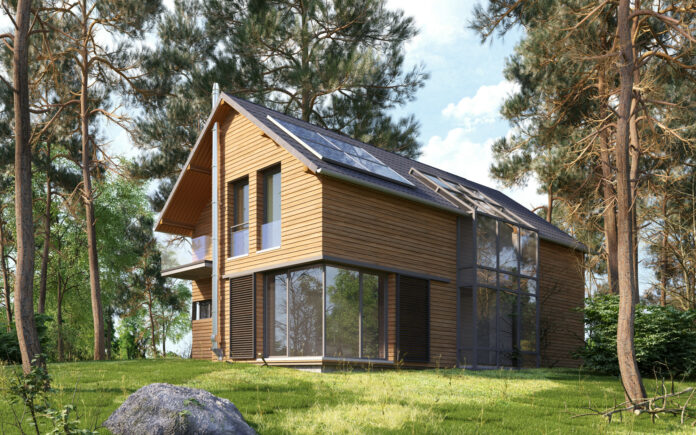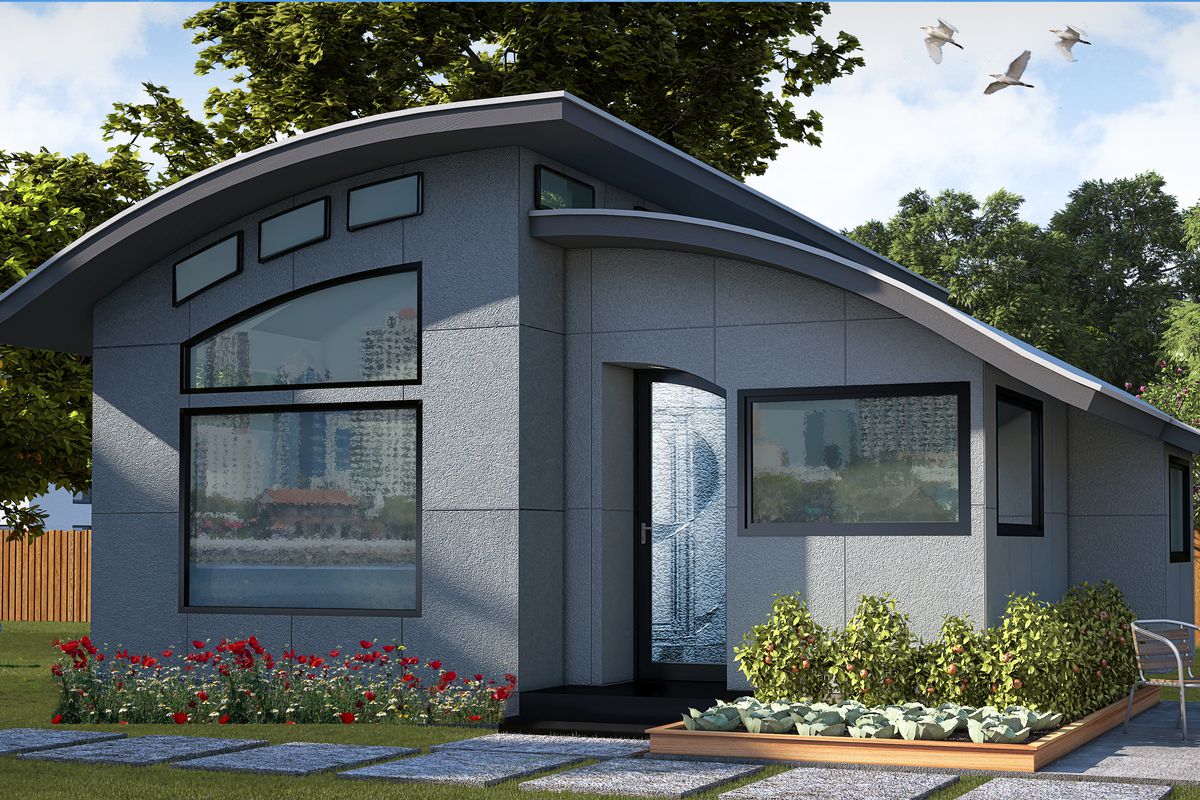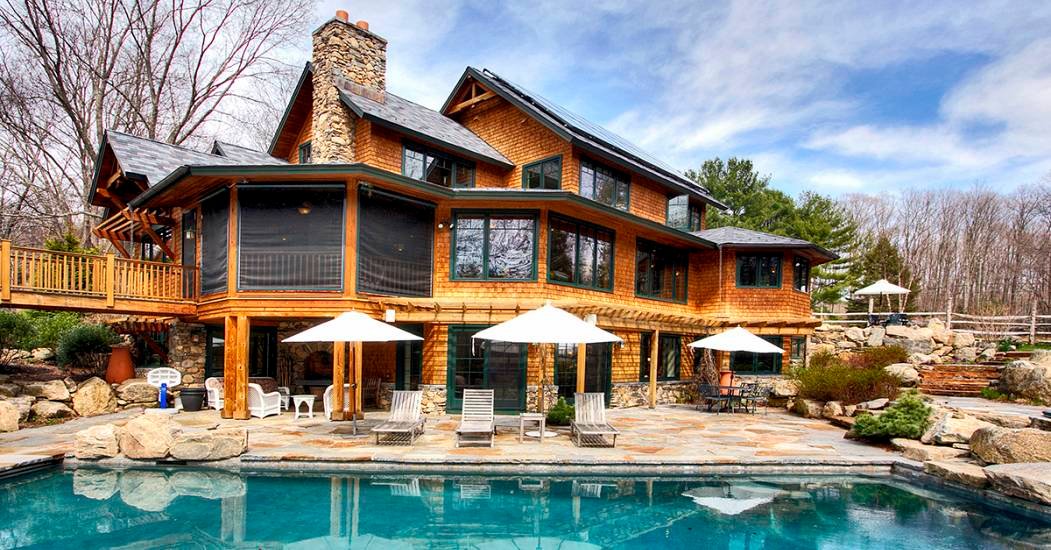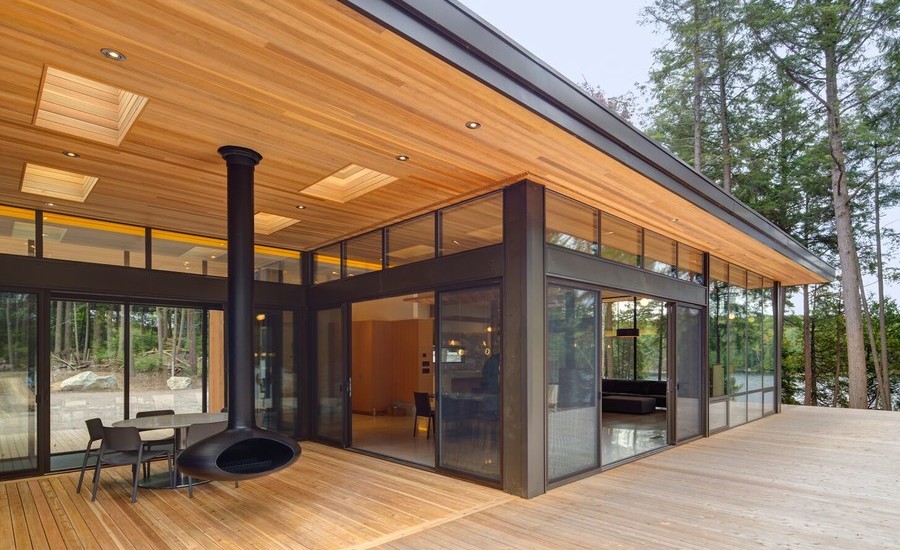Sustainable homes account for local factors from weather to its impact on local wildlife. Learn what you should consider in this list of green home tips.
There is a global movement towards the construction of sustainable homes. In fact, 66 percent of survey respondents are willing to pay more for products that are environmentally friendly.
While upfront investment costs may be higher, there is a positive benefit to monthly bills. For example, investing in renewable energy sources can reduce monthly bills by up to 30 percent.
Sustainable real estate is not just about green energy. It also has a sizable impact on public health and wildlife protection.
Read on to learn how to adapt your home to the environment. Explore a list of green home tips that are certain to benefit you and the community at large.
Smart Home Technology
When people think of sustainable houses, their attention automatically turns to reused materials. However, the homes with the greatest impact on the environment rely on smart tech. You can still enjoy the latest tech and positively impact the environment at the same time.
Smart home tech helps conserve energy usage. Commercially available tech allows you to automate home security, temperature, and lighting. By optimizing utility usage, you naturally reduce electricity and natural gas output.
Sustainable Building Materials
Sustainable construction relies on using recycled or refurbished materials. There is a recycled alternative for virtually every material used for building a home.
This includes insulation, doors, roofing, and wall materials. You can even use recycled materials for outdoor landscaping. There are several vendors for recycled composite decking.
Some sustainable designers get really creative using these materials. One design trend that is growing in popularity is called cargotecture. Here, homebuilders use recycled shipping containers for the home’s exterior.
The benefits of shipping containers are then transferred to a home. For instance, cargo containers are easy to relocate, durable, and weather resistant.
Green Certifications
The global trend towards green living has led to industry standards and certifications. There are a number of organizations that published green design standards.
Organizations such as LEED and WELL are helping builders achieve sustainability. Their certification standards promote resource efficiency and public well-being.
Pre-Fab Homes
Prefabricated homes are built remotely and then shipped to a final destination. This is a great option for people that are moving to areas with a small population.
First, it eliminates the need to transport heavy machinery to this remote location. In addition, there is no issue with finding contractors that are willing to travel.
The benefits include an optimized construction process that saves time and money. To withstand the rigors of shipping, prefab homes are extremely durable.
Along similar lines, tiny homes are also in demand. The truth is that people buy homes that are far too big and unnecessary. This oversized culture leads to waste and high energy use. In terms of carbon emissions, tiny homes produce a fraction of what the average-sized home does.
A Recap of Sustainable Homes
Drastic action is required to limit the negative impacts of climate change. Sustainable real estate projects are one way to help the environment.
These homes reduce energy levels and use recycled materials. If you want to learn more about sustainable homes, contact us to schedule an appointment today.





















